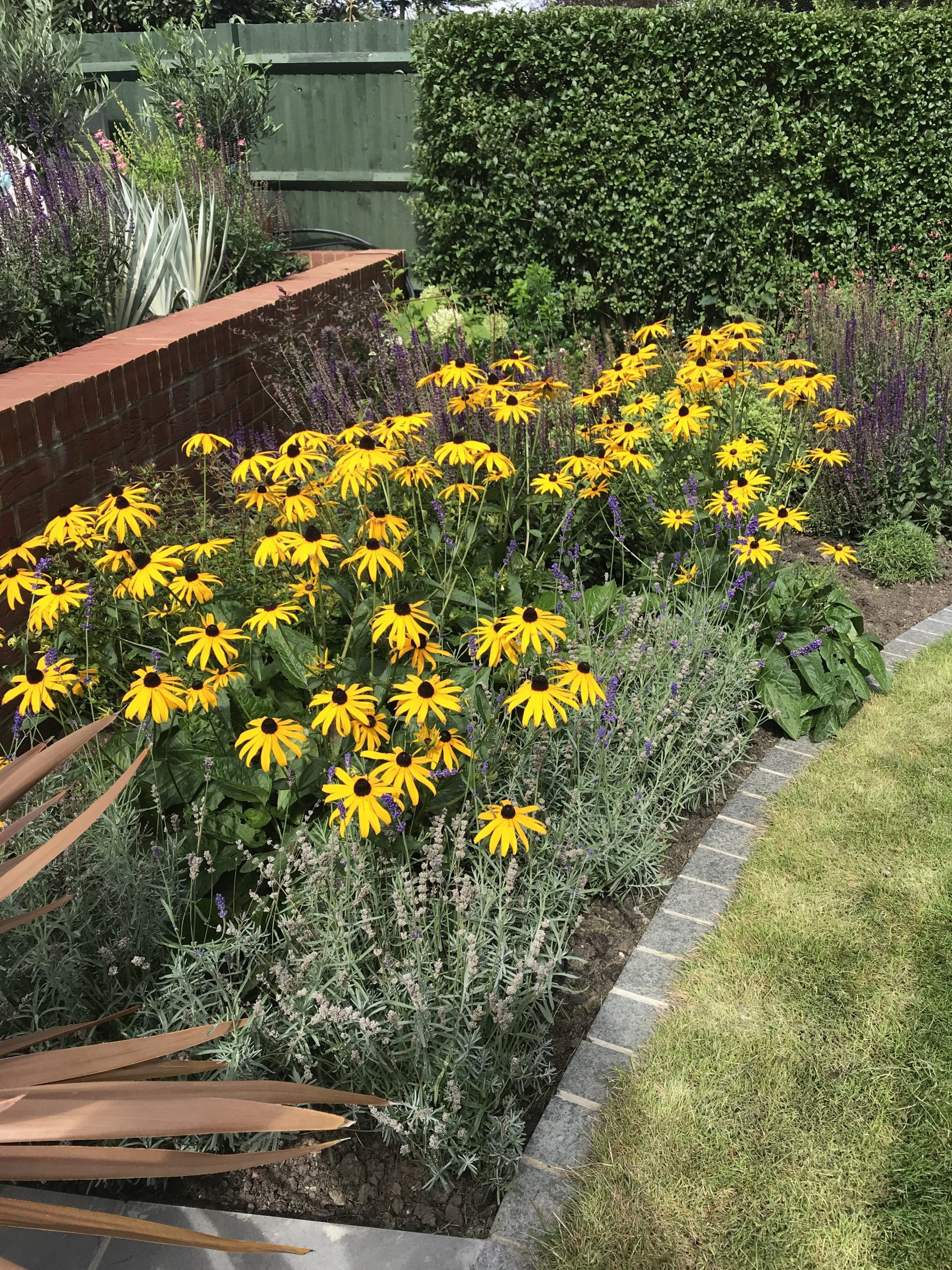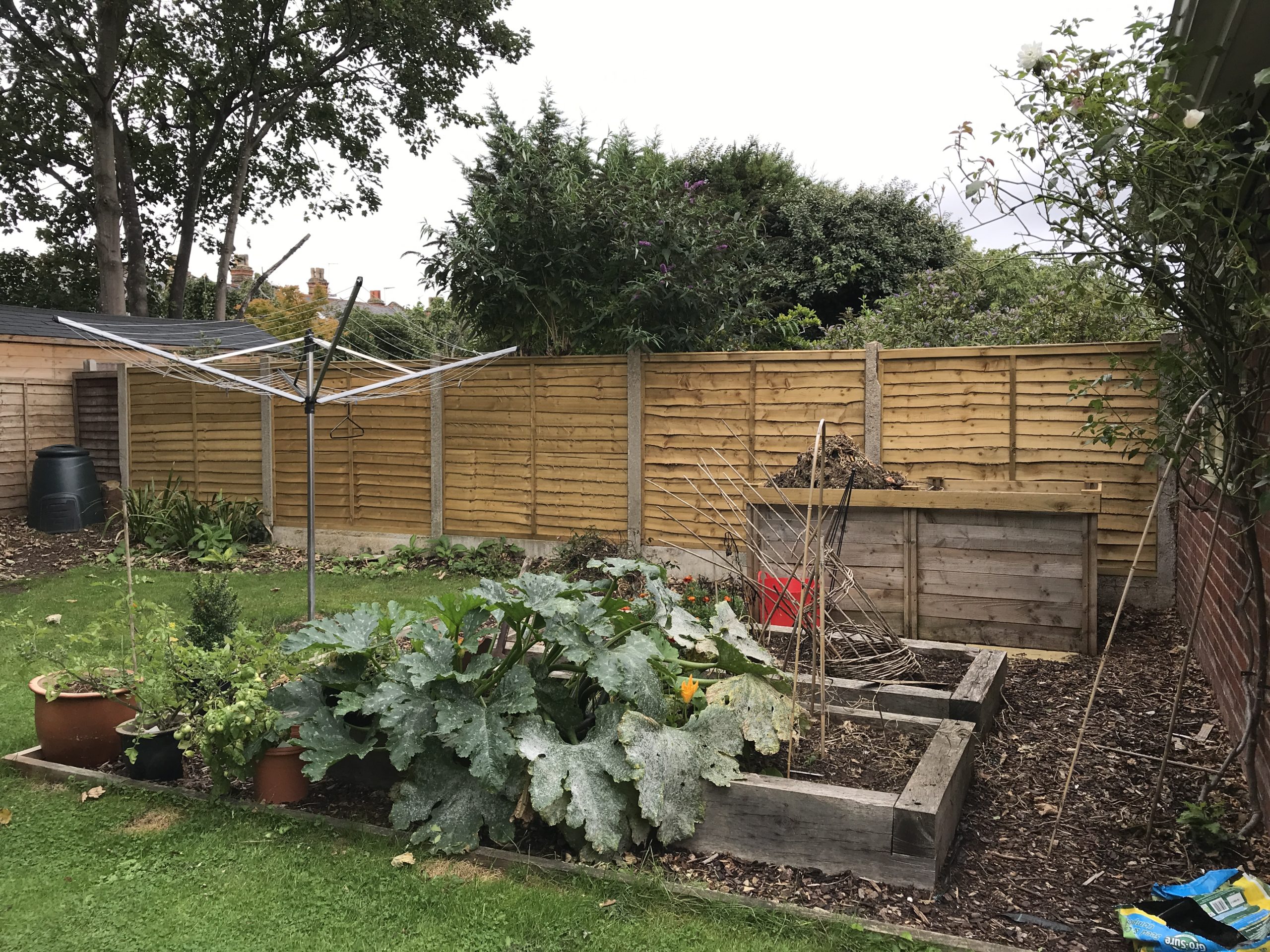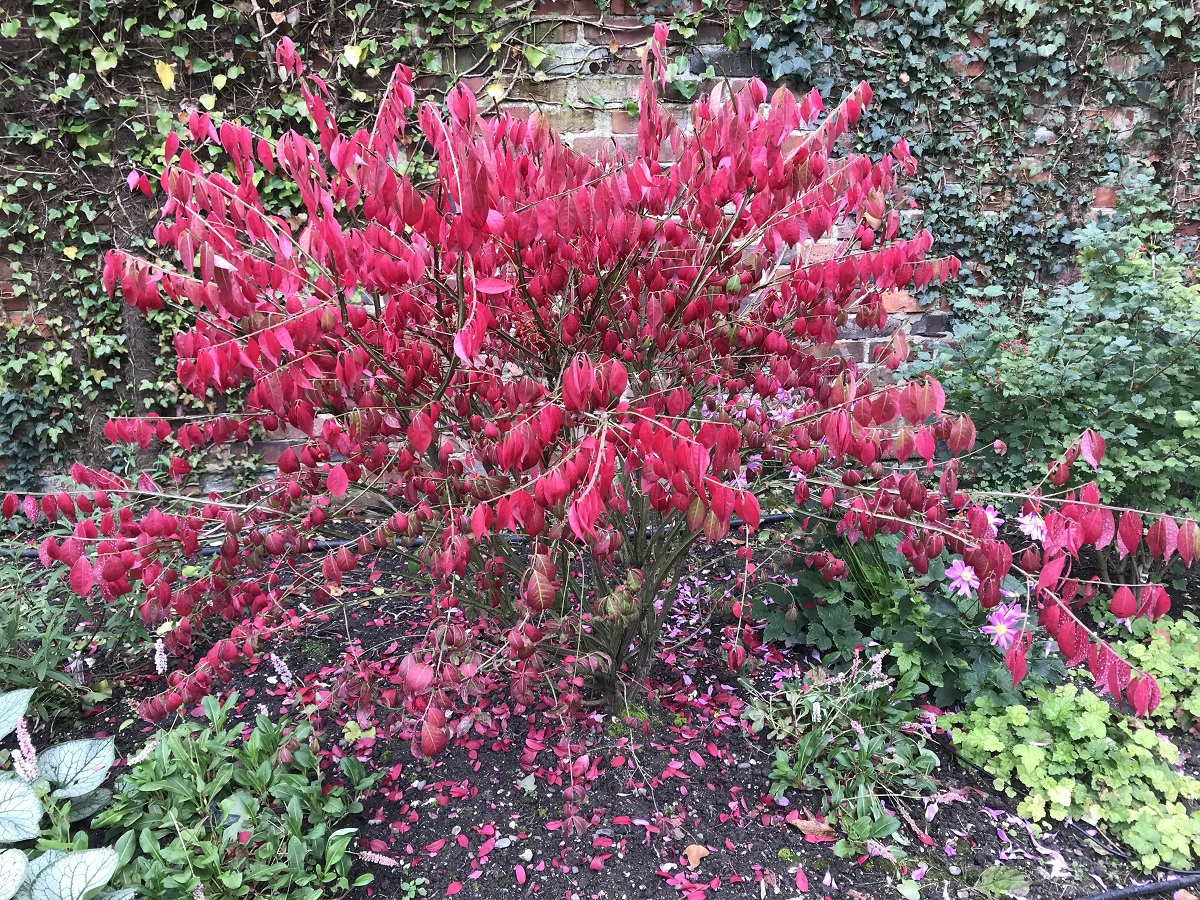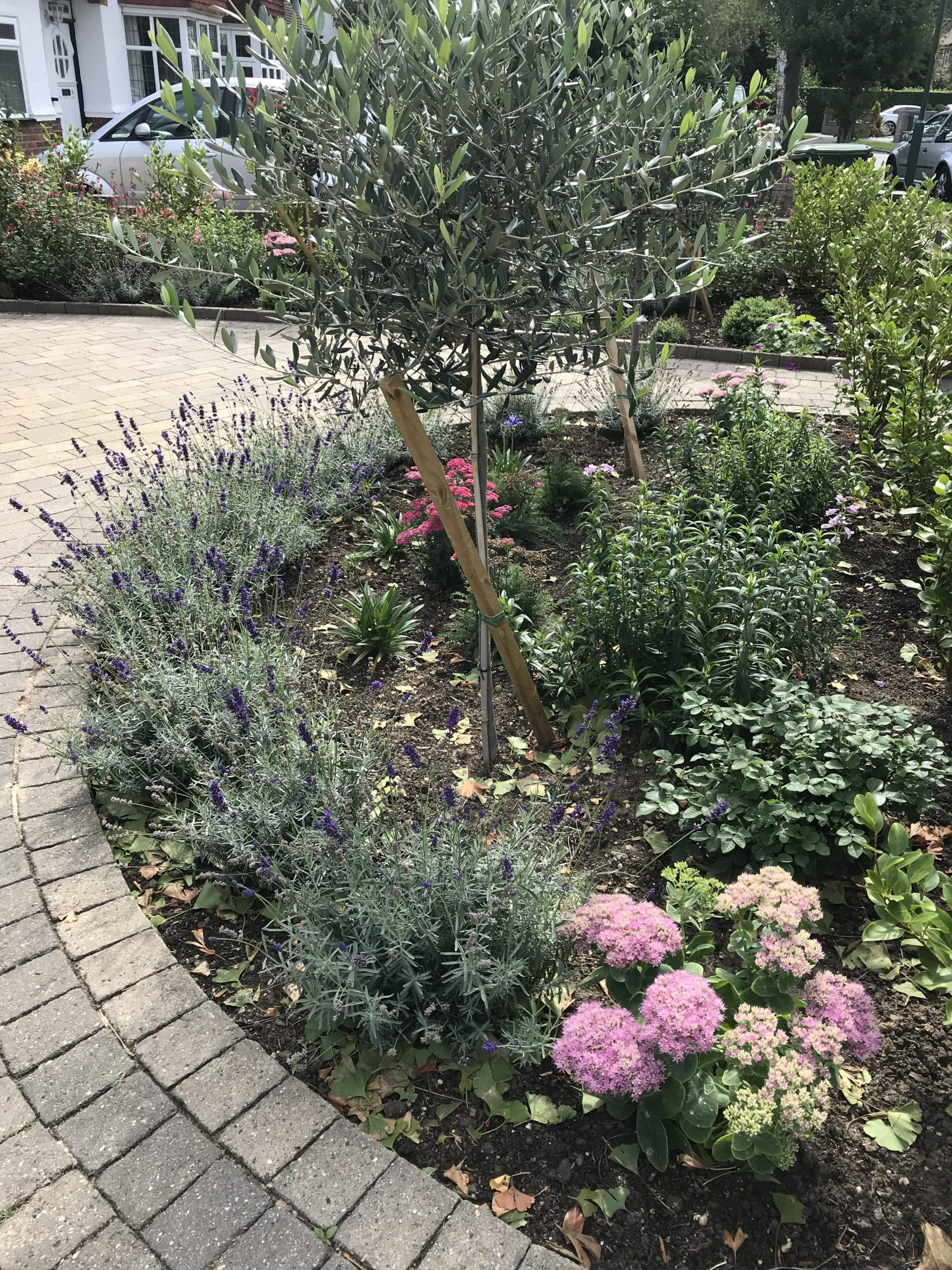Summer is over and it’s time to ready your garden for autumn. If you’ve been following my blog posts throughout the year you will have read a lot of tips already that will have seen you through winter, spring and summer but here we will be focusing on specific jobs for this time of the year and throughout the season of autumn.
The big tidy up after summer consists mainly of clearing away dead and dying foliage and potentially digging up and storing any plants that need winter protection. There is an easy way to organise your work and that is to start with your garden storage and vegetable patch first, move onto perennials and then tackle the rest
Autumn is the season whereby you will do your final work on your lawn for the year. This should entail scarifying (raking) the lawn to remove old dead grass and moss, aerating (puncturing with lots of holes to help air flow as well as dispersion of nutrients and strong roots), your last mow, edging and feeding. You can also spread lawn seed at this time and do some top dressing to level off a lawn that is uneven. Top dressing entails the spreading of compost and sand across your lawn with a rake and improves root strength as well as the overall aesthetic of your lawn.
I hope these tips will help you to keep your garden in great condition ready for next spring. Once again, consistent work in the garden really pays off year on year and watching the seasons transformations closely is so rewarding!







Recent Comments